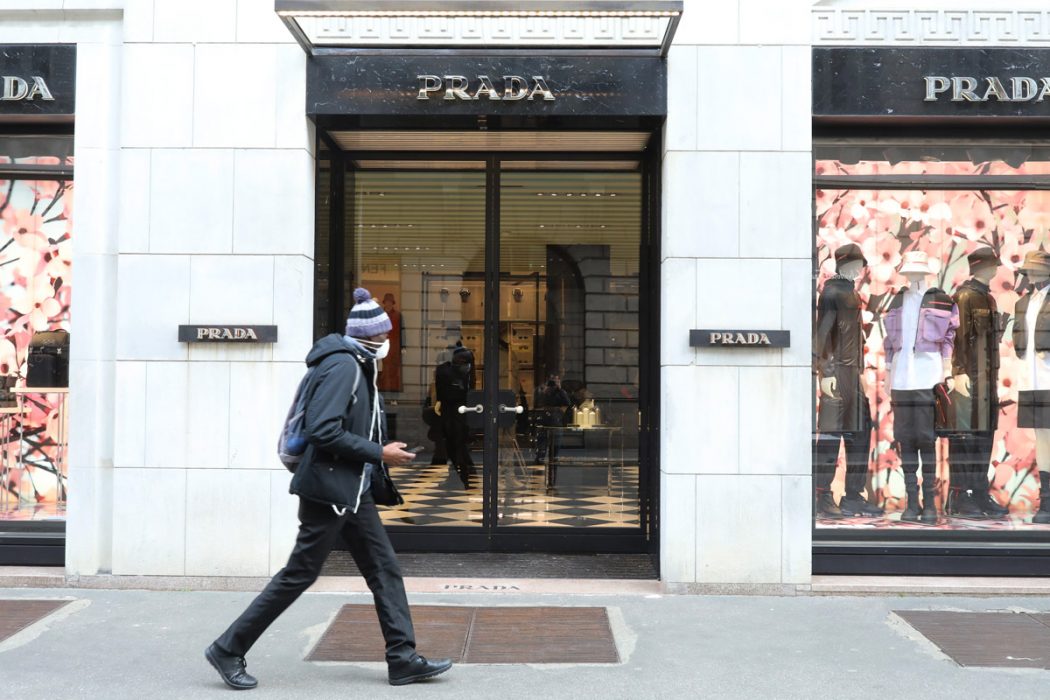Coronavirus, or COVID-19, continues to wreak havoc across the global economy. Governments are reporting thousands of cases of the potentially deadly respiratory infection are being reported, and it has emerged that the virus is spreading faster outside China than inside for the first time.
Beyond the devastating human cost, businesses are also feeling the deep impact of the ongoing outbreak. Towns, cities and entire regions across the world are on lockdown;in China, they have been for weeks. Offices and factories are closed, private vehicles banned and movement restricted in a bid to curtail the spread of the virus. The Chinese economy is already taking a hit.
It is impossible to predict the scale and seriousness of future disruptions to the global economy, but history does provide a valuable perspective. A year after the SARS epidemic – a similar respiratory infection – began in China in 2002, the virus spread to 26 countries and put a $40-50 billion dent in the global economy. Back then, China was the world’s seventh-largest economy, and its consumers held a mere 2 percent share in the global personal luxury goods market.
“Burberry, Capri Holdings and Tapestry Inc. have scrapped their earlier revenue outlooks, Kering saw a drop in local traffic and sales and Moncler reported an 80 percent drop in foot traffic to its mainland stores. Nike also joined the likes of these brands in temporarily closing stores and warned of the shutdown’s impact on sales.”
Fast forward to the current coronavirus outbreak: China is now the world’s second-largest economy and the largest global fashion market, with its consumers making up over a third of global luxury spending. This massive disruption in the Chinese economy and a drop in Chinese consumption has already been felt; global companies have gotten a taste of losses to come. Burberry, Capri Holdings and Tapestry Inc. have scrapped their earlier revenue outlooks, Kering saw a drop in local traffic and sales and Moncler reported an 80 percent drop in foot traffic to its mainland stores. Nike also joined the likes of these brands in temporarily closing stores and warned of the shutdown’s impact on sales. It has already closed more than half of its stores in the country.
“China exported $118.5bn (£91.1bn) of textiles and $157.8bn (£121.5bn) of clothing, making it the world’s biggest exporter of these categories.”
Flight cancellations and travel bans only aggravate the luxury retailers’ slump in their sales, as their global brick-and-mortar travel retail and duty-free outlets have been left exposed. For instance, Chinese tourists who account for a third of retail sales in Changi Airport leaves one-third of the airport’s profits evaporated.
China also plays a significant role at the other end of the global fashion industry: it is deeply embedded in all aspects of fashion’s supply chain. The World Trade Statistical Review found that in 2018 – the most recent data available – China exported $118.5bn (£91.1bn) of textiles and $157.8bn (£121.5bn) of clothing, making it the world’s biggest exporter of these categories. Therefore, the shut-down in the country hangs the global supply chains in limbo.
It’s hard to predict when Chinese manufacturers will be operating at full capacity again. Businesses are taking mitigating action to reduce risk and their dependence on Chinese manufacturing. The future impact on people and businesses around the globe remains unknowable, but China’s shut-down has for many highlighted the importance of supply chain diversification and flexibility – potentially driving further an existing shift away from China’s dominant stance in the market.








